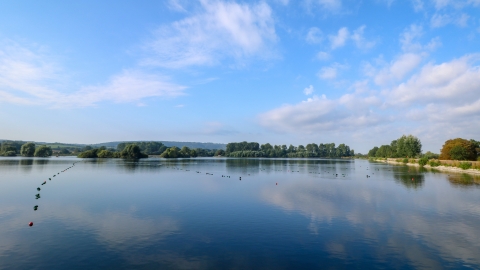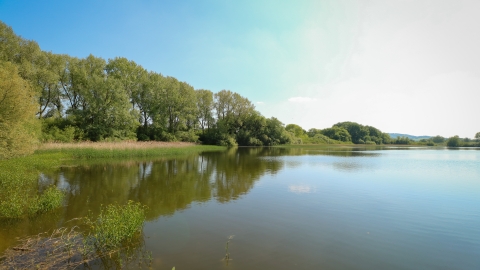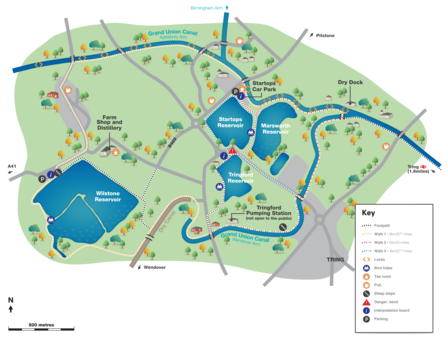Please be aware that the car park at Wilstone Reservoir is currently closed and access around Wilstone Reservoir is restricted whilst Canal & River Trust undertake embankment strengthening works.

Tring Reservoirs - Wilstone (c) Josh Kubale

Tring Reservoirs - Wilstone (c) Josh Kubale
Tring Reservoirs
Know before you go
Dogs
When to visit
Opening times
Open at all times.Best time to visit
April to July, November to FebruaryHabitat
Environmental designation
About the reserve
Tring Reservoirs Nature Reserve comprises four individual reservoirs: Startop's End, Marsworth and Tringford reservoirs are all close together and Wilstone reservoir is a short distance to the west. The reserve is known as one of the best bird-watching spots in the south of England.
The reservoirs are home to a variety of wildlife and their reedbeds, wet woodland and open water habitats are a natural stronghold for birds. During colder months, you can find a large number of wintering wildfowl across all four reservoirs, including Tufted Duck, Pochard, Teal, Gadwall, Wigeon and Shoveler with occasional Goldeneye, Goosander and Smew if it is very cold.
Wilstone Reservoir boasts the rare Mudwort plant that can be spotted on the mudflats during autumn months as the waters recede. The site attracts breeding Common Terns which use rafts the Trust has installed and breeding Oystercatchers have been recorded here.

Between December and February, Marsworth Reservoir is a great place to see overwintering Bitterns, as this site has a fantastic reedbed that retains its water to allow the birds to feed throughout the season.
There is a Heronry on the bank of Wilstone Reservoir and if you take binoculars you should be able to catch a glimpse of these usually solitary birds in large numbers.
If you visit the reservoirs during late spring then you may spot a Hobby hunting over the water. The Hobby is an African migrant bird that is best seen on warm summer days at the end of May when there is plenty of prey around. You can also occasionally hear the call of the Cuckoo, especially from the back of the reedbed at Wilstone or Marsworth where you should also be able to hear and see Reed and Sedge Warblers which breed here in large numbers.
Tring Reservoirs are a Site of Special Scientific Interest (SSSI) for a number of reasons including their situation on the lower chalk at the foot of the Chilterns escarpment resulting in diverse communities of plants and animals. Additionally, nationally-important numbers of Shoveler are present during winter, together with other wildfowl. Tring Reservoirs are a fantastic place to spot passage waders too.
Wildlife to spot
In spring and autumn, you might be lucky and spot a visiting osprey on a pitstop on their way to and from their winter quarters in Africa. Summer sees large numbers of Swifts and Sand Martins wheeling through the sky. Can you spot the stunning mating dance of Great Crested Grebes in spring? Visit in winter for visiting wildfowl such as Pochard, Shoveler, Teal and many more.
Sadly a number of trees at Tring Reservoirs are affected by Ash Dieback and we are working hard to manage this fungal disease and ensure public safety. You can find out more about Ash Dieback here.
Join us on a virtual tour around the reservoirs:
Directions
Site entrance: There are different entrances for the four reservoirs
– follow directions listed.
Access by road: From Tring, take Tringford Road towards Long Marston. At the mini roundabout with B489, turn left for the car park to Wilstone Reservoir (0.9 miles) or turn right for the Startop's End car park for access to Startop's End, Marsworth and Tringford Reservoir (0.3 miles).
Access by public transport
Bus: 164 – Crossroads, Tringford Road. (0.9 miles to Wilstone and 0.4 miles to Startop's).
Rail: Tring (3.8 miles to Wilstone and 2.7 miles to Startop's).

